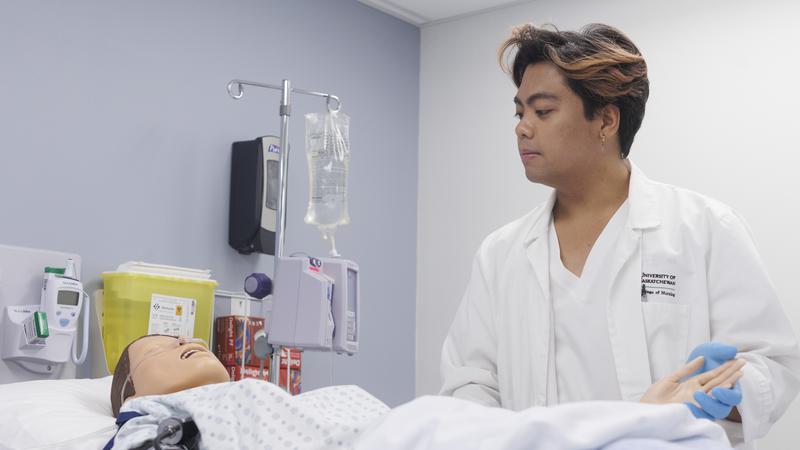
Sask. First Nations among many in Canada continuing to fight for safe drinking water
It’s something that you might take for granted in your home or office, but imagine that something as simple as a glass of water was not readily available to you.
As Canada marks the National Day for Truth and Reconciliation this Saturday, one issue that continues to plague First Nations in Canada is not having safe drinking water in 2023.
For decades, some Indigenous communities have been without clean drinking water and despite progress made in recent years, dozens of advisories remain.
According to Indigenous Services Canada, nearly 20 short-term drinking water advisories are in place for First Nations in Saskatchewan and four communities are under long-term advisories.


